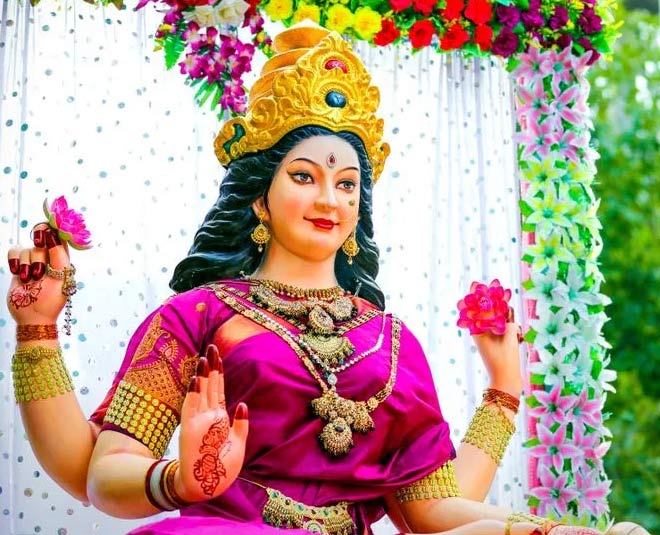Saraswati Puja is one festival that Bengalis await every year. The festival of Basant Panchami focuses on worshiping the goddess of knowledge, music, and art, Goddess Saraswati. These three facets are an integral part of Bengali lives and in Kolkata, the festival is celebrated with great fervour. The dates of the festival change as per the auspicious timings and the nakshatras and this year of 2021, has the festival falling on February 16.
Here are some truly fun and interesting facts that you must know about Saraswati Puja:
Chutney Love
In the month of December, Bengal sees the growth of a tropical berry called jujube which the kids love but are forbidden to eat until they have offered their prayers to Goddess Saraswati. So post prayers, a lovely chutney called Kooler chutney (plum chutney) is made.
Havan Ritual

A havan on this day is a must which asks for the blessings of the goddess for clearing away academic problems, bringing in success, sharp memories, concentration, communication skills and positivity.
Yellow Looks

To mark the brightness of Goddess Sarswati, hues of yellow are worn and devotees make an offering with yellow flowers like marigold to appease the goddess
Mantras
To please the Goddess, the Saraswati Vandana Mantra is chanted which is meant to illuminate the mind of the chanter and instilling confidence and the power of communication.
“Sarasvati namastubhyamVarade KAmarUpiNi VidyArambham Karishyami Siddhir Bhavatu Me Sada"
Translated, it means,
“O Goddess Saraswati; salutations to you, the giver of boons, the one who fulfills desires. I shall begin my studies. May there always be an accomplishment for me."
Don't Miss:See Pics: Revamp Your Pooja Room With These Latest Decor Ideas
Hate Kori Ritual
In this ritual, the children are seated in the pandit's lap and are asked to etch their first letters on a small blackboard with chalk and this is a day agreed by all to be the time after which the new phase of life begins.
Sandalwood & Saffron

Traditionally, a tilak is made for the forehead, using sandalwood and saffron paste which is mostly associated with the Brihaspati, the Vedic sage. When it is applied on the idol of the Goddess and the devotee, it denotes blessings for monetary gain.
Yellow Boondi
As it is the colour yellow is considered auspicious and then steps in the yellow boondi which is associated with Jupiter, also known as the plant of knowledge.
The offering is made with the notion that this would fortify the impact of Jupiter in the person's birth chart.
Don't Miss:A Havan Has Many Mind Boggling Scientific Benefits Besides Religious Reasons! Check Them Out
The Food
When there are celebrations, how can we forget the food? There is a vegetarian spread with traces of fish on the rangoli chalked out for the auspicious touch.
What are your plans for this Vasant or Basant Panchami? What do you plan on wearing for the Saraswati Pujo?
Stay tuned to HerZindagi for more facts and knowledge on the different festivals of India.
